The African continent boasts a diverse collection of musical instruments.
Men, women, and the youth played the instruments in ceremonial or religious settings.
Africans used animal skin, hide, sisal, wood, and gourds to make instruments.
However, some instruments have been modernized and sophisticated, losing the African touch, but others remain unrefined.
One category of African instruments is the chordophone.
As the name suggests, chordophones utilize cords or strings to make a sound when struck with fingers or objects.
Tourists visiting Africa purchase traditional instruments as souvenirs.
How many African string instruments do you know? One? Three?
Okay, it’s your lucky day because this post covers several instruments and their origin.
Below is a list of 10 traditional African string instruments and where they originate from:
1. Krar (Eritrea and Ethiopia)
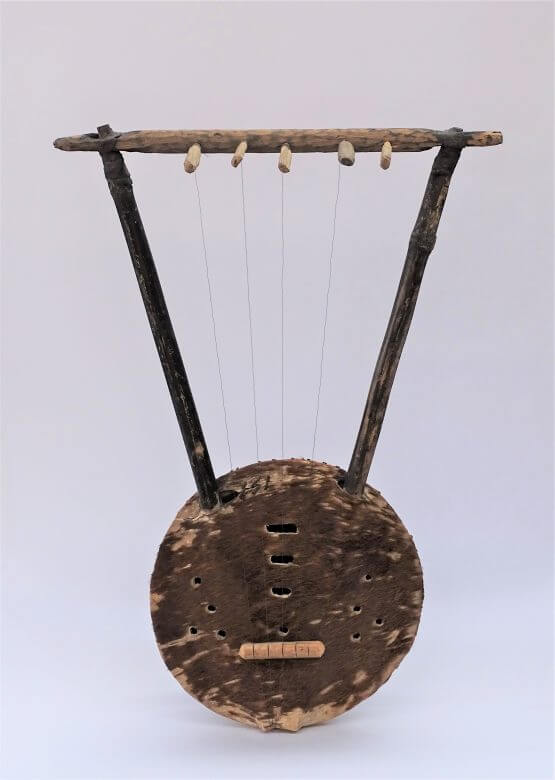
Krar is a stringed instrument with origins in Ethiopia and Eritrea.
In ancient days, Krar was used by various groups of the Amhara tribe for different purposes.
Wanderers used the instrument to request food, while outlaws used it to sing war songs.
Youthful men also used Krar to praise female beauty.
Today, Krar is used in love songs and poetry performances through plucking or strumming.
Besides the strings, the instrument is made of beads, wood, and decorative clothing.
2. Algerian Mandole (Algeria)
Also known as Mandol, the Algerian Mandole resembles Italy’s Mandolin.
The steel-stringed instrument resembles an almond; its box is built like a guitar.
It possesses eight to twelve strings and is played like the guitar.
The instrument was created with the help of Algerian musician, El Hadj Mohamed El Anka, famed for amplifying Chaabi music.
3. Kora (Senegal)
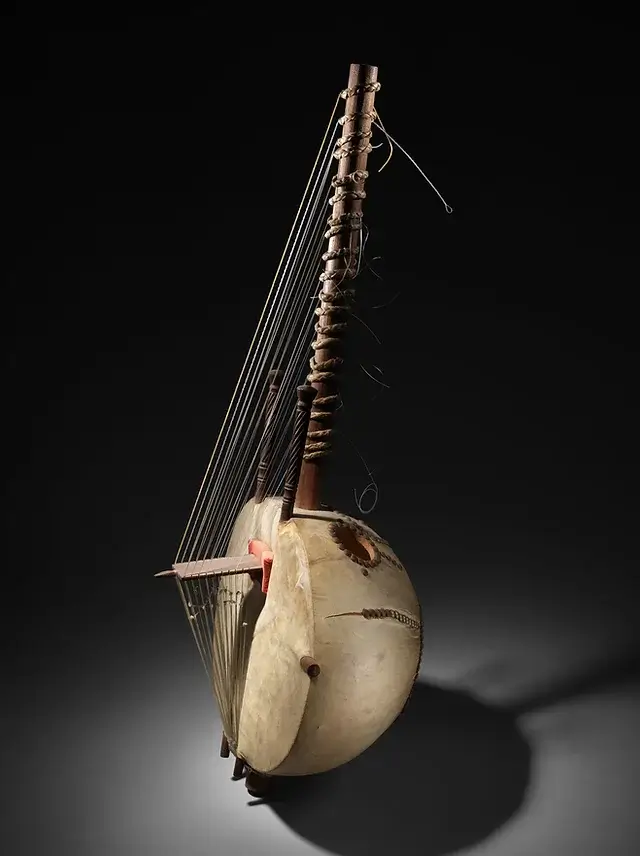
Kora was developed in the 16th century in Senegal and is widely used in other Western African countries like Gambia, Mali, and Guinea.
The instrument’s base is mainly made from a gourd and a supporting hardwood neck.
Traditionally, the instrument’s strings were made from thin hide, making great sounds when plucked by fingers.
Kora has been modernized using nylon or harp strings.
Playing the traditional Kora requires excellent mastery, but its electrical modification has made it easy to operate.
4. Nyatiti (Kenya)
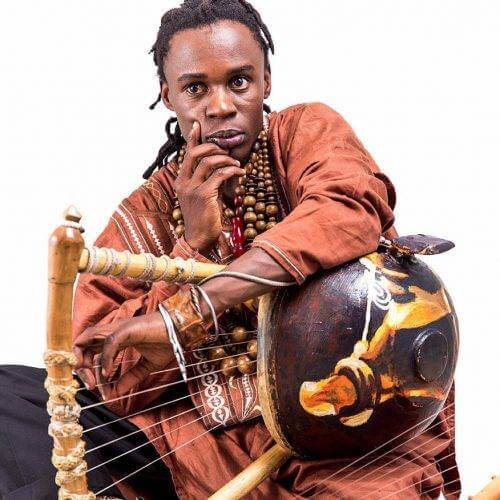
Nyatiti originates from Kenya among the Luo ethnicity.
The Lake Victoria-based tribe used influence from old Egypt artists to create the instrument.
Its eight ropes are vertically arranged and played while resting on the ground.
The player operated the instrument while sitting on a three-legged stool called Orindi.
Nyatiti players may wear a feathery hat called Kondo during the performance.
The lyre instrument players may wear bells on the foot to create a harmonic rhythm while playing the instrument.
Neighboring Uganda and Tanzania also play the instrument. Uganda has an instrument that resembles Nyatiti called Enanga.
Nyatiti is played at weddings, funerals, and other types of events.
5. Garaya (Niger and Nigeria)
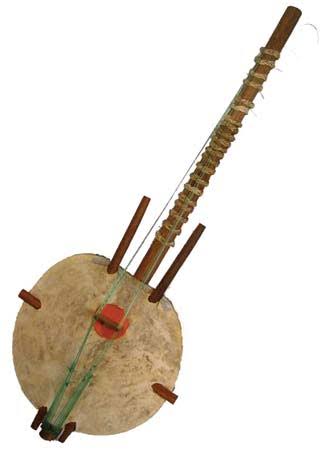
The Hausa uses Garaya (lute) to sing praise dances for hunters and in religious ceremonies.
Its plectrum is made from a hippopotamus or cowhide.
Garaya has a wooden oval box and two strings that produce a sound when plucked.
This traditional instrument can be made in different sizes.It is played while standing or sitting.
A bigger garaya is called Komo; its sound box measures around 75 centimeters.
6. Akontin (Senegal)

Also identified as Ekonting, the three-roped instrument is shared among Senegal, Gambia, and Guinea people.
It has an elongated wooden mast which is 1 meter long.
Akontin has a fishing thread supporting the threads and a wooden bridge resting on the leather box.
The instrument has been modernized in several ways, such as adding an in-built microphone and using metal nails to hold the leather box into place.
7. Goje (West Africa)

Goje, also known as gonjey, njarka, or n’ko, is a traditional bowed string instrument from West Africa.
The instrument bowl is made of gourd and covered using a snake or lizard’s skin.
It is also decorated using beads of different colours.
Goje is operated by a bowstring and is associated with Islamic rituals such as Zarma, Bori, Songhay, and Hauka.
Traditionally, the instrument was used to convey messages to the spiritual world.
Goje instrument is mainly played solo in events like baptisms and weddings.
8. Ramkie (South Africa)
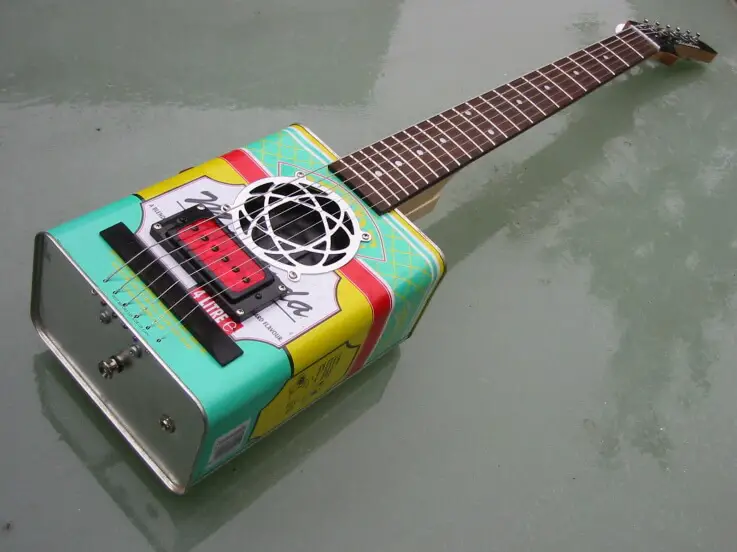
With its origin in South Africa, ramkie was first developed in 1730 by the Khoikhoi clan using a gourd.
Years later, the long-necked instrument was reinvented using wood and tin cans.
This guitar-like traditional instrument consists of three or four cords.
Other materials used in making the string instrument include fishing wire.
Other countries where Ramkie is used as an instrument include Botswana, Namibia, Zambia, and Malawi.
9. Ngoni (West Africa)
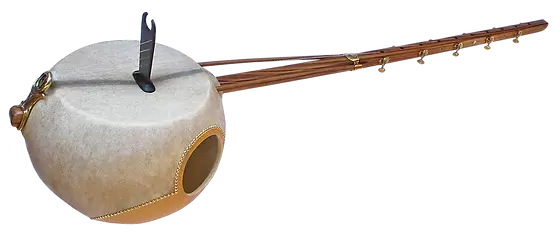
It is clear at this point that West Africa is home to many traditional instruments, with Ngoni joining the list.
The instrument has a wooden or gourd sound box covered by goatskin or cowhide.
The smaller version of the Ngoni instrument is known as Kamale Ngoni and was invented in Mali.
Ngoni originally had six strings but has been modified to 8-18 strings.
Several artists from Africa and abroad have been spotted playing Ngoni, proving it is a popular instrument.
10. Litungu (Kenya)
Invented by the Luhya and Kuria communities of Kenya, Litungu contains seven cords.
It also comprises a wooden frame, sisal rope, and a hide-covered bowl measuring almost 42 centimeters in width.
Litungu was developed around 1940 and is a popular traditional instrument in Kenya.
It is played in dances to celebrate hamper harvests, circumcision, and weddings.
Also check: 10 Wind Instruments of Africa and Their Origins
